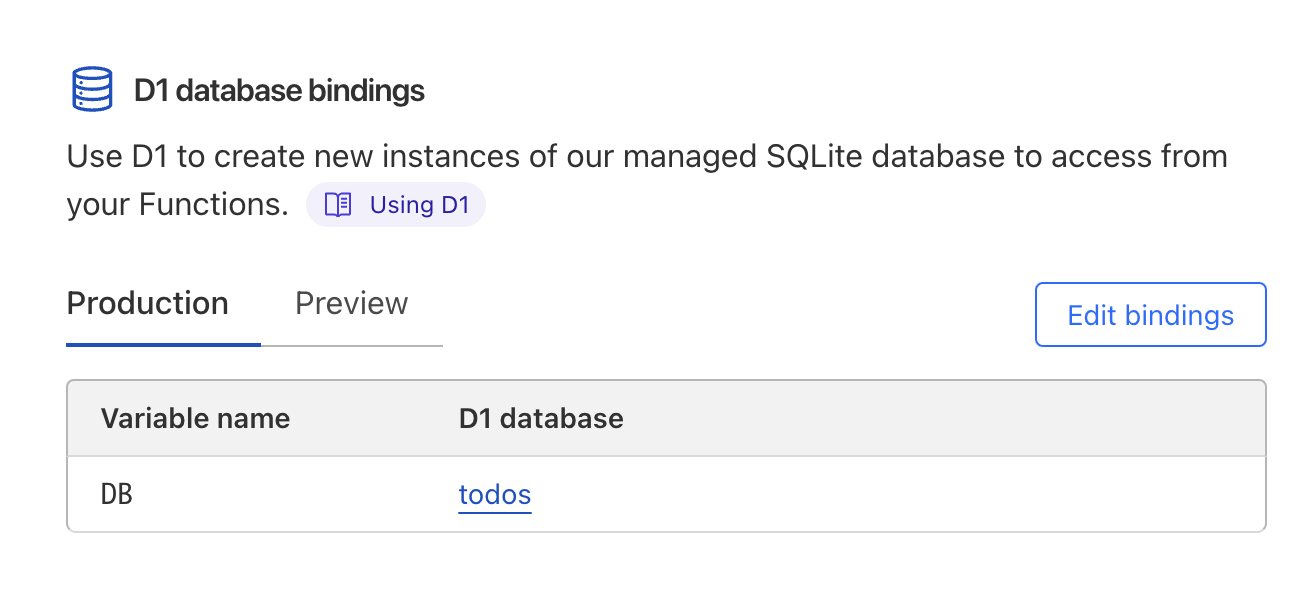A demonstration using Nuxt as a fullstack framework on the edge.
const blob = await useBlob().put('my-file.txt', 'Hello World!', {
contentType: 'text/plain' // optional, will be inferred from the file extension
addRandomSuffix: true // optional, will add a suffix to the filename to avoid collisions
})
/*
{
pathname: 'my-file-12345.txt',
contentType: 'text/plain',
size: 12,
uploadedAt: '2021-08-12T15:00:00.000Z'
}
*/export default eventHandler(async (event) => {
const form = await readFormData(event)
const file = form.get('file')
return useBlob().put(file.name, file)
})// Get a blob object
const { blobs, cursor, hasMore } = await useBlob().list({
limit: 10, // optional, default to 1000
prefix: 'my-dir', // optional, will only list blobs starting with `my-dir`
})const blob = useBlob()
let blobs = []
let hasMore = true
let cursor
while (hasMore) {
const result = await blob.list({
cursor,
})
blobs.push(...result.blobs)
hasMore = result.hasMore
cursor = result.cursor
}const blob = await useBlob().head('my-file.txt')await useBlob().delete('my-file.txt')It returns a void response. A delete action is always successful if the blob url exists. A delete action won't throw if the blob url doesn't exists.
// server/routes/[...pathname].get.ts
export default eventHandler(event => {
const pathname = event.context.params.pathname
return useBlob().serve(event, pathname)
})-
useKV() -> process.env.KV binding
-
useConfig() -> process.env.KV with
_configkey -
useKV().setItem('public/')
const value = await useKV().get('my-key')- CloudFlare Pages + D1: https://nuxt-todos-edge.pages.dev
- CloudFlare Pages + Turso: https://nuxt-todos-turso.pages.dev
- Lagon.app + Turso: https://nuxt-todos.lagon.dev
- Vercel Edge + Turso: https://nuxt-todos-edge.vercel.app
- Netlify Edge + Turso: https://nuxt-todos-edge.netlify.app
- Deno Deploy + Turso: https://nuxt-todos-edge.deno.dev
nuxt-todos-edge-demo.mp4
Make sure to install the dependencies using pnpm:
pnpm iCreate a GitHub Oauth Application with:
- Homepage url:
http://localhost:3000 - Callback url:
http://localhost:3000/api/auth/github
Add the variables in the .env file:
NUXT_OAUTH_GITHUB_CLIENT_ID="my-github-oauth-app-id"
NUXT_OAUTH_GITHUB_CLIENT_SECRET="my-github-oauth-app-secret"To create sealed sessions, you also need to add NUXT_SESSION_SECRET in the .env with at least 32 characters:
NUXT_SESSION_SECRET=your-super-long-secret-for-session-encryptionStart the development server on http://localhost:3000
npm run devIn the Nuxt DevTools, you can see your tables by clicking on the Drizzle Studio tab:
drizzle-meets-nuxt-devtools.mp4
Create a CF pages deployment linked to your GitHub repository. Make sure to select Version 2 (Beta) as the build system version.
NUXT_OAUTH_GITHUB_CLIENT_ID=...
NUXT_OAUTH_GITHUB_CLIENT_SECRET=...
NUXT_SESSION_PASSWORD=...Set the build command to:
npm run buildAnd the output directory to dist/
Lastly, in the project settings -> Functions, add the binding between your D1 database and the DB variable:
Copy the contents from server/database/migrations/0000_heavy_xorn.sql into the D1 console to seed the database.
You can also use Turso database instead of CloudFlare D1 by creating a database and adding the following env variables:
TURSO_DB_URL=...
TURSO_DB_TOKEN=...
You can see a live demo using Turso on https://nuxt-todos-turso.pages.dev
